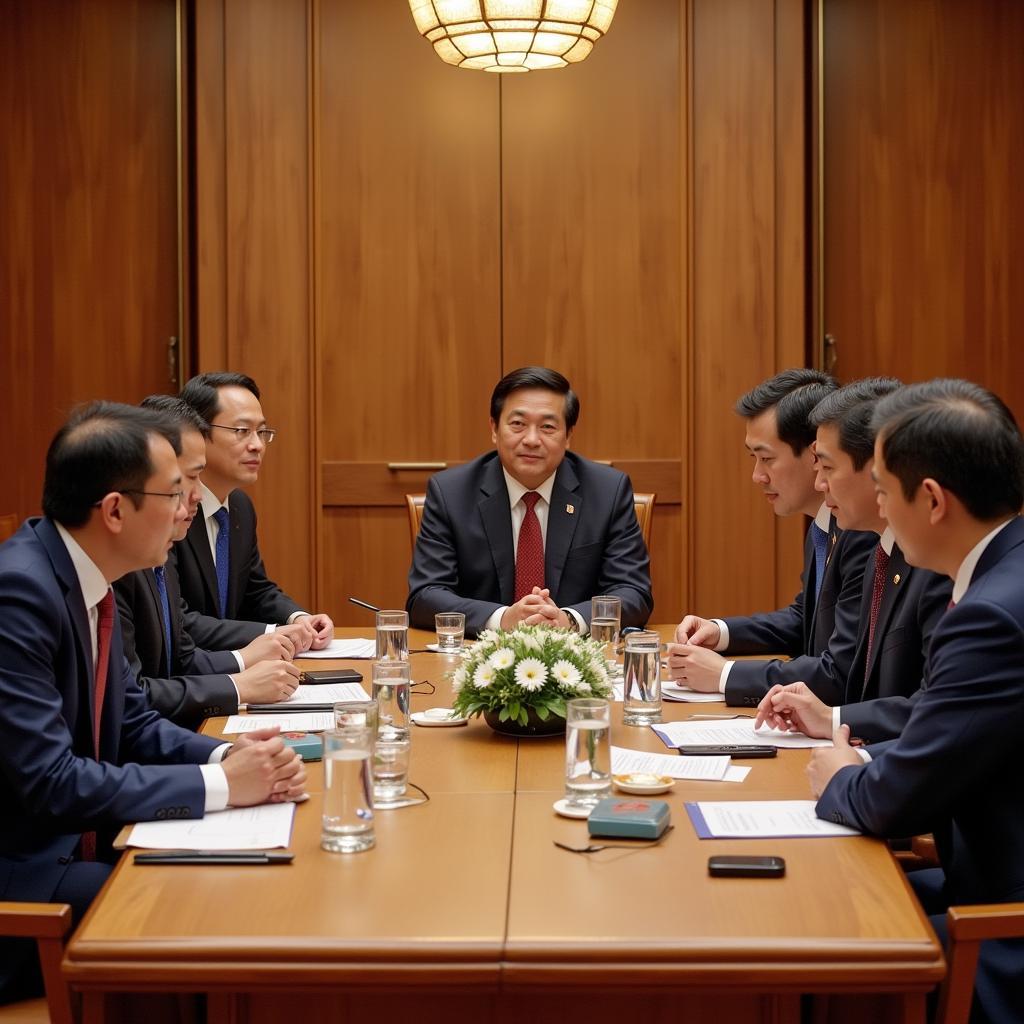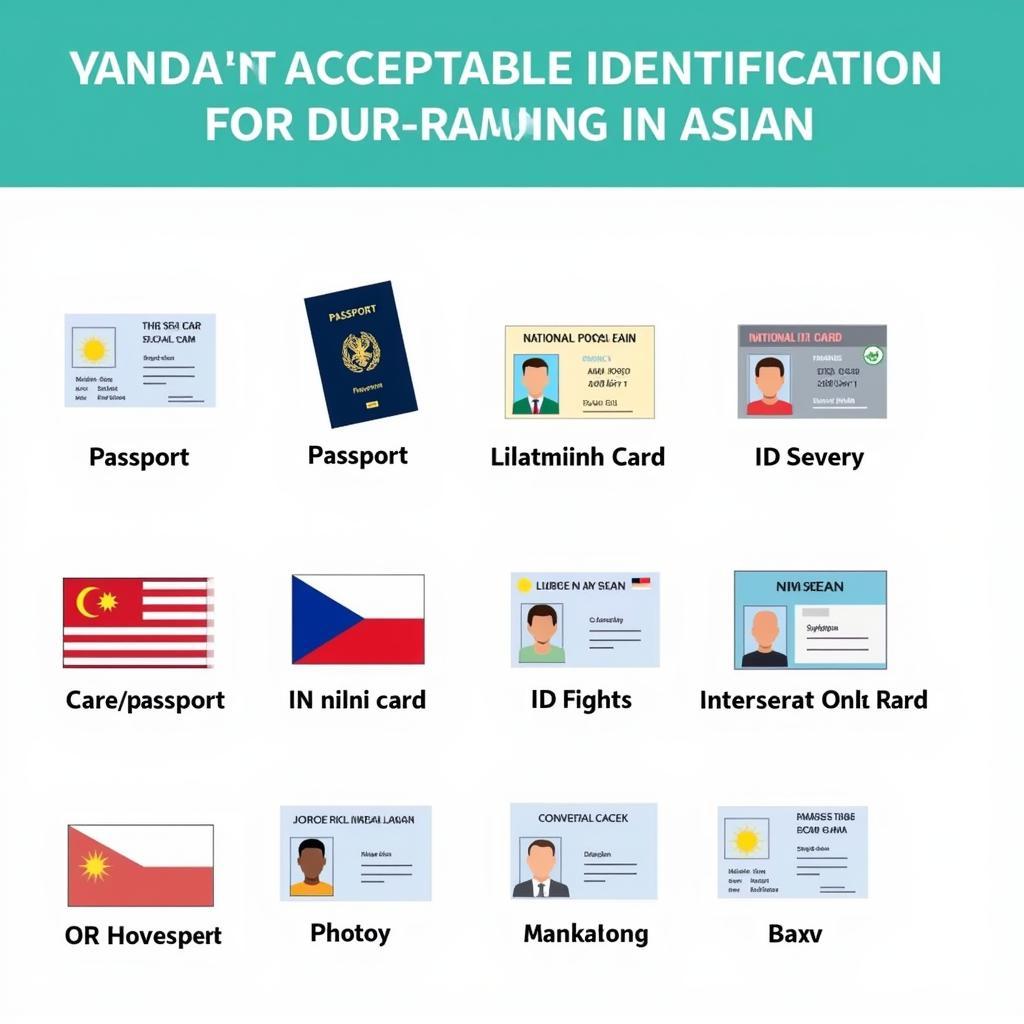The Association of Southeast Asian Nations, better known as ASEAN, has become a pivotal force in global politics and economics. But when exactly did this influential organization come into existence? ASEAN was founded in August 8, 1967, with the signing of the ASEAN Declaration (also known as the Bangkok Declaration). This landmark agreement laid the foundation for a regional bloc that has fundamentally reshaped the Southeast Asian landscape.
A Region Forged in the Crucible of History
To understand the significance of ASEAN’s formation, we need to rewind to the tumultuous years following World War II. Southeast Asia in the 1960s was a region grappling with the legacies of colonialism, the rise of communism, and simmering internal conflicts. The founding fathers of ASEAN recognized that a fractured Southeast Asia would be vulnerable to external pressures and internal instability. They envisioned a future where cooperation, rather than conflict, would define the region’s trajectory.
The Architects of Unity: ASEAN’s Founding Fathers
ASEAN’s birth was the culmination of the vision and diplomatic efforts of five key individuals, often referred to as the Founding Fathers:
- Indonesia’s Adam Malik: A staunch advocate for regional solidarity, Malik played a crucial role in bridging ideological divides among the founding members.
- Malaysia’s Tun Abdul Razak: A pragmatist and skilled negotiator, Razak helped shape ASEAN’s early focus on economic cooperation.
- The Philippines’ Narciso Ramos: A seasoned diplomat, Ramos championed the idea of a Southeast Asian community based on shared values and aspirations.
- Singapore’s S. Rajaratnam: A visionary leader, Rajaratnam emphasized the importance of neutrality and peaceful coexistence in a region rife with tensions.
- Thailand’s Thanat Khoman: A skilled diplomat and advocate for regionalism, Khoman played a key role in drafting the ASEAN Declaration.
The ASEAN Declaration: A Blueprint for Cooperation
The ASEAN Declaration, signed in Bangkok, Thailand, outlined the fundamental principles that would guide the organization:
- Regional peace and stability: ASEAN aimed to create a zone of peace and neutrality, free from external interference and internal conflicts.
- Economic growth and development: The declaration recognized the importance of economic cooperation as a driver of regional stability and prosperity.
- Social progress and cultural development: ASEAN sought to promote social justice, cultural exchange, and the well-being of its people.
 Signing of the ASEAN Declaration
Signing of the ASEAN Declaration
From Five to Ten: ASEAN’s Expansion and Evolution
ASEAN’s initial membership of five countries—Indonesia, Malaysia, the Philippines, Singapore, and Thailand—expanded over the years to include Brunei Darussalam (1984), Vietnam (1995), Laos (1997), Myanmar (1997), and Cambodia (1999). This expansion reflects ASEAN’s growing stature and its commitment to inclusivity.
A Modern-Day Success Story: ASEAN’s Achievements
Since its inception, ASEAN has made significant strides in promoting regional peace, stability, and prosperity. Some of its notable achievements include:
- A Nuclear Weapon-Free Zone: The Treaty on the Southeast Asia Nuclear Weapon-Free Zone (SEANWFZ), signed in 1995, has helped to prevent the proliferation of nuclear weapons in the region.
- Economic Integration: ASEAN has fostered economic integration through initiatives like the ASEAN Free Trade Area (AFTA), which aims to reduce tariffs and promote trade between member states.
- Disaster Management Cooperation: ASEAN has played a crucial role in coordinating disaster relief efforts in the region, particularly in the aftermath of natural disasters like the 2004 Indian Ocean tsunami.
Challenges and Opportunities: ASEAN in the 21st Century
While ASEAN has much to celebrate, it also faces new challenges in the 21st century, including:
- Navigating Great Power Rivalry: The rise of China and the shifting geopolitical landscape present both opportunities and challenges for ASEAN’s neutrality and regional leadership.
- Narrowing the Development Gap: ASEAN must address economic disparities between member states and ensure that the benefits of growth are shared more equitably.
- Climate Change and Environmental Degradation: As a region highly vulnerable to climate change, ASEAN needs to strengthen its collective response to environmental challenges.
 ASEAN Leaders at a Summit
ASEAN Leaders at a Summit
The Future of ASEAN: Forging Ahead Together
ASEAN’s journey is a testament to the power of regional cooperation. As it navigates the complexities of the 21st century, ASEAN’s commitment to its founding principles will be more critical than ever. The future of Southeast Asia will be shaped by ASEAN’s ability to foster unity, address shared challenges, and harness its collective potential.
For more insights into ASEAN’s history, initiatives, and the future of Southeast Asian integration, explore these related articles:
FAQs About ASEAN
1. What is the main goal of ASEAN?
ASEAN’s primary goal is to promote regional peace, stability, and economic prosperity through dialogue, cooperation, and integration.
2. How has ASEAN contributed to regional peace?
ASEAN has established mechanisms for conflict prevention, dialogue, and confidence-building measures. It has also created a platform for member states to address regional security concerns collectively.
3. What is the ASEAN Free Trade Area (AFTA)?
AFTA is a trade agreement between ASEAN member states that aims to eliminate tariffs and promote the free flow of goods within the region.
4. How does ASEAN address human rights issues?
ASEAN has established the ASEAN Intergovernmental Commission on Human Rights (AICHR) to promote and protect human rights in the region. However, the organization’s approach to human rights remains a subject of debate and scrutiny.
5. What is ASEAN’s role in the global community?
ASEAN plays an increasingly active role in global affairs, engaging with other regional and international organizations on issues ranging from trade to climate change.
For further assistance or information, please contact us at:
Phone Number: 0369020373
Email: aseanmediadirectory@gmail.com
Address: Thon Ngoc Lien, Hiep Hoa, Bac Giang, Vietnam
Our dedicated customer support team is available 24/7 to assist you.


